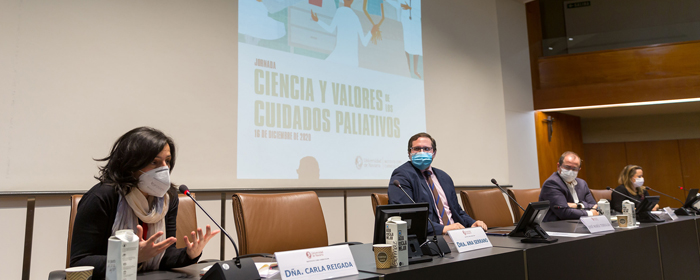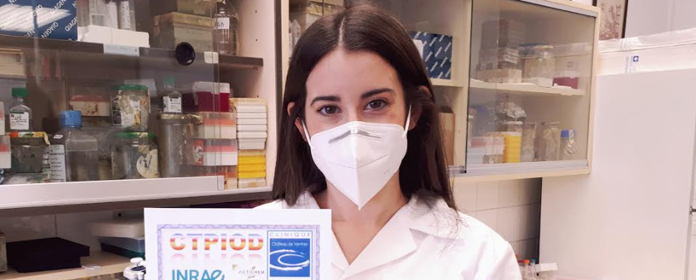"En los últimos 15 años la morbilidad y mortalidad de la malaria han disminuido un 50%, pero los mosquitos son más resistentes"
Científicos del Instituto de Salud Tropical de la Universidad destacan los últimos avances en el tratamiento de esta enfermedad en el “Día Mundial del Paludismo”

FOTO: Manuel Castells y Cedida
Combatir la malaria o paludismo se ha convertido en una lucha contra la capacidad de adaptación del mosquito que la transmite. Investigadores del Instituto de Salud Tropical de la Universidad de Navarra (ISTUN) reflexionan, con motivo del Día Mundial del Paludismo que se celebra este lunes 25 de abril, sobre los desafíos en el estudio de esta dolencia destacando la capacidad del parásito transmisor de presentar resistencia tanto a los medicamentos como a los insectidas.
”Nuestro principal reto se encuentra en identificar nuevos fármacos antimaláricos con un mecanismo de acción eficaz frente a las cepas de parásito multirresistentes”, explica Silvia Galiano, investigadora principal del Grupo de investigación de Química Médica. ”De hecho, durante los últimos años hemos identificado dos compuestos antimaláricos con excelente eficacia y un perfil toxicológico prometedor que han sido recientemente patentados”. En este sentido, “estamos empleando también el uso de la proteómica en combinación con estrategias de biología molecular y cromatografía de afinidad para conocer el mecanismo de acción de estos compuestos”.
Por su parte, Carlos Chaccour, también investigador principal del ISTUN dentro del Grupo de Ivermectina, señala que “entre 2000 y 2015 se logró disminuir la morbilidad y mortalidad de la malaria un 50% y que una gran parte de este efecto se debió al uso extendido de mosquiteras e insecticidas, sin embargo, poco a poco los mosquitos se han convertido en más resistentes tanto cualitativa como cuantitativamente. Por ello, el uso de ivermectina se perfila como una herramienta potencial para atacar este problema y cumplir las expectativas de la Estrategia Técnica Mundial contra la malaria (2016-2030) de la Organización Mundial de la Salud (OMS) cuya meta es reducir la morbilidad y mortalidad un 90% y erradicar la enfermedad en 35 países”.
La malaria, consecuencias para la salud y la economíaSegún la OMS, en 2015 el paludismo se siguió transmitiendo en 95 países y territorios y cerca de 3.200 millones de personas, casi la mitad de la población mundial, corrieron el riesgo de contraerlo. El África subsahariana es la región más afectada; de hecho, el 88% de los casos y el 90% de los fallecimientos el pasado año se produjeron en esta zona.
Además de los efectos devastadores de esta enfermedad entre la población, sobre todo entre la infantil, los investigadores destacan que acabar con esta dolencia provocaría una mejora de la situación económica. ”El nuevo plan de acción necesita una inversión de 100.000 millones de dólares, sin embargo, esto repercutiría después en la economía mundial generando 4 billones de dólares. Es decir, el retorno de invertir en malaria sería de 40:1, lo que la convierte en una de las mejores apuestas en salud global”, agrega Chaccour. ”Por otra parte, entre otras cosas, aumentaría la productividad, se reduciría el absentismo escolar o podría incluso mejorar el sistema sanitario al poder disponer de recursos para tratar otras enfermedades”.




